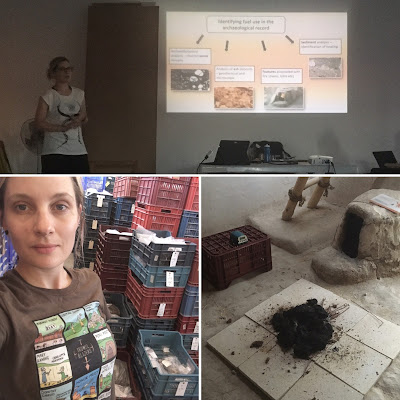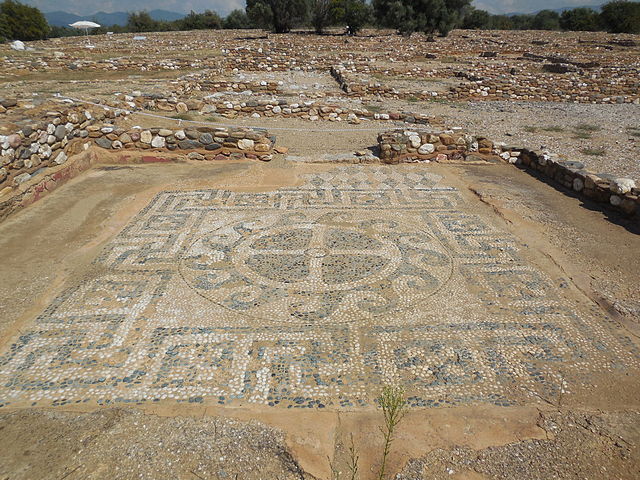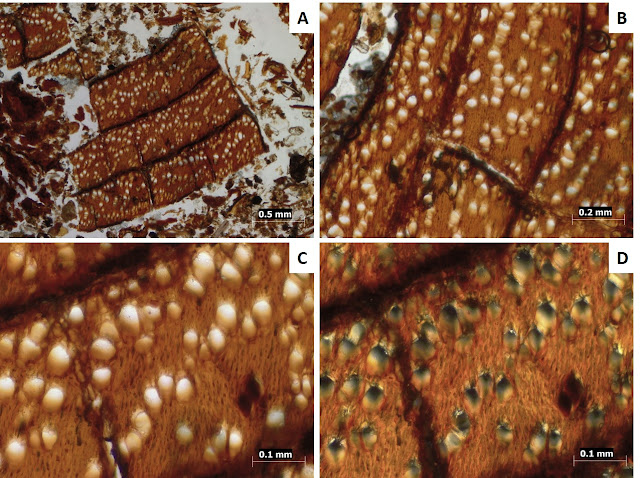Achievements in 2017
Posting this one retrospectively, so that I don't have a big December gap in the blog for 2017. I did mean to post it before Xmas, but then I remembered I promised to keep a decent work/life balance, and literally did nothing work related over the Xmas holidays. I always find it hard 'doing nothing' - even though it's a job, I truly enjoy what I do and really don't mind working at weird hours if/when the inspiration strikes. In fact, I see it as one of the major benefits of the job, being able to choose when my working hours are (research related working hours anyway, teaching is of course timetabled). But this year we have just bought a house and my in laws were visiting, so I was very busy with the non-archaeology aspects of life. Whilst I like to think I am pretty good at time management, this year has been more difficult than usual for getting things done. Nearly 3 years into my lectureship at Newcastle, my responsibilities have increased significantly and I h
























